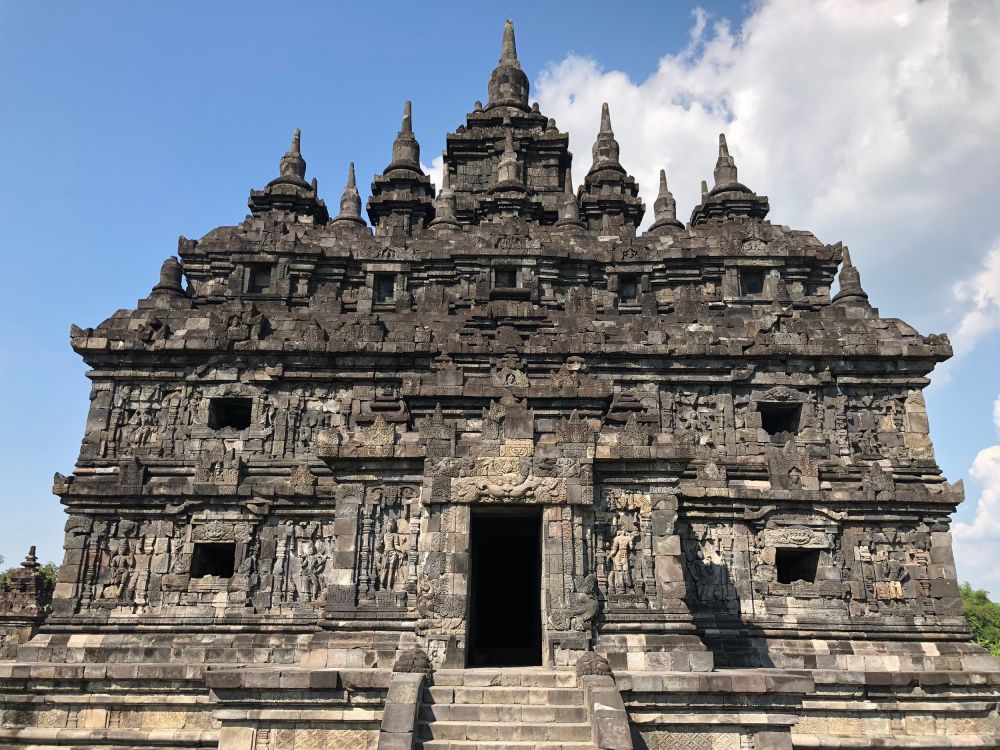

The Plaosan Temple, located near Prambanan in Central Java, Indonesia, is a historical Kompleks of Buddhist temples dating back to the 9th century during the reign of Rakai Pikatan of the Ancient Mataram Kingdom. It consists of two main structures, known as Plaosan Lor (North Plaosan) and Plaosan Kidul (South Plaosan), and is renowned for its blend of Hindu and Buddhist architectural features, indicative of the religious tolerance during the time of its construction.
Tourism in Plaosan Temple can be traced back to the early 20th century after the initial phase of archaeological discoveries and restorations. It was during Dutch colonial rule in Indonesia when significant interests in Javanese antiquities led to the excavation and study of ancient sites. The findings at Plaosan and its subsequent restoration work helped to place it on the historical and cultural map, increasingly attracting scholars, historians, and curious travelers alike.
By the late 20th and early 21st centuries, Yogyakarta had established itself as a key cultural hub of Java and a primary center for tourism in Indonesia. The region's rich history, traditional crafts, and numerous heritage sites, including Plaosan Temple, have drawn both domestic and international tourists. Travelers are not only looking to explore the ancient ruins but also to immerse themselves in the cultural tapestry of Yogyakarta and the surrounding region.
In response to the growing interest in eco-tourism and sustainable travel, the management of tourist sites around Yogyakarta, including Plaosan Temple, has implemented measures to maintain and preserve the natural and cultural integrity of the sites. Community-based tourism initiatives have also been developed, ensuring that local populations benefit from the influx of visitors and that cultural traditions are respected and preserved.
Today, the latest trends in the tourism industry at Plaosan Temple tap into the increasing desire for authentic and educational experiences. Visitors can enjoy a range of activities including guided tours explaining the intricate carvings and architectural marvels of the temple, meditation sessions, and even local craft workshops. The rise of digital media and social platforms has also made Plaosan Temple more accessible, with virtual tours and online galleries offering glimpses of its splendor to those unable to travel.
Despite the increased popularity, the site faces challenges such as ensuring conservation amidst growing tourist footfall and adapting to modern tourism needs without compromising historical authenticity. Nonetheless, the future of tourism at Plaosan Temple remains promising as efforts continue to provide a balanced approach to development and heritage conservation, aiming to facilitate a deep and sustainable connection between tourists and this awe-inspiring testament to Indonesia's past.